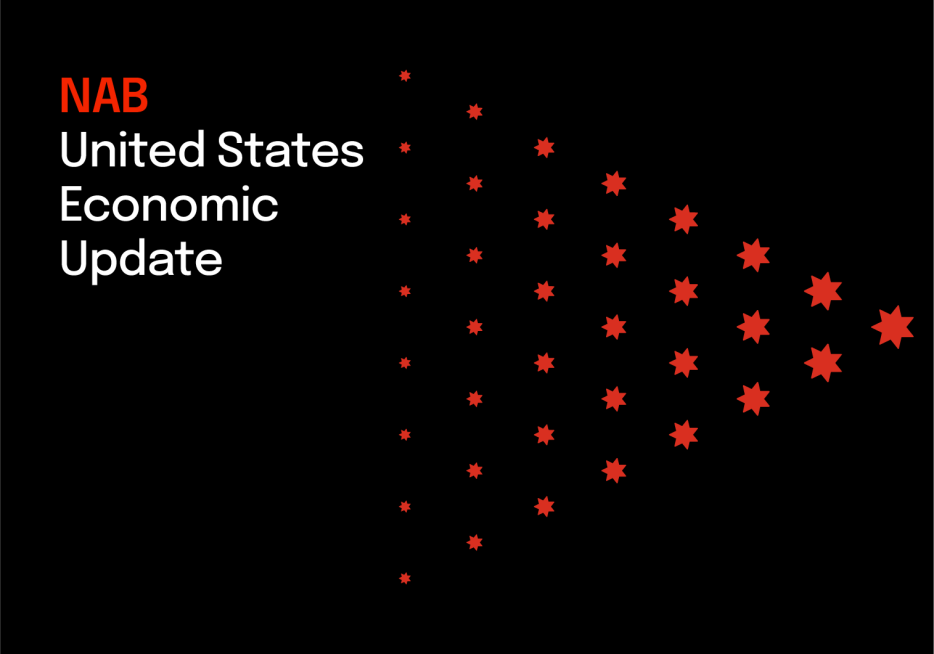US Fed – September cut but still see gradual easing


Insight
Strong conditions as inflationary pressure builds.
Conditions strengthened in Q2, up 9pts to +20 index points, while business confidence eased back to +5 index points. Conditions were strong across most sectors, reflecting improvement from the Omicron-affected Q1.
According to Alan Oster, NAB Group Chief Economist, “Conditions strengthened in Q2 as the disruptions related to the virus receded. Trading, profitability, and employment were all higher with conditions approaching the high levels seen in early 2021.”
“Conditions are strong across most sectors with big gains in recreation & personal services, and conditions were also strong across the states,” said Mr Oster.
“Confidence eased in Q2, down to around long-run average levels,” said Mr Oster. “That likely reflects the waning of some of the pandemic-recovery optimism, as well as the mounting challenges of rising inflation and also rising interest rates that businesses are confronting.”
Forward indicators remain strong with capacity utilisation at 85.2% and expectations for employment and capex over the next 12 months remaining very high.
“Forward indicators remain strong, despite the fall in confidence,” said Mr Oster. “Businesses have high expectations for employment over the coming year, indicating that labour demand remains very strong, and capex expectation also remain elevated which suggests business investment should continue to pick up over the coming year.”
Purchase cost growth reached a new record high of 2.0% and labour cost growth also increased to 1.5%. Final product price growth also edged higher, reaching 1.1% in the quarter, with retail price growth at a record 1.7%.
“Pressure on margins is now one of the top three factors influencing business confidence, reflecting the increasing cost pressures that businesses are facing,” said Mr Oster. “More than half of firms reported availability of materials was a constraint on output, and firms are clearly also contending with higher energy and oil prices.”
“Labour costs are also growing as firms compete in a very tight labour market,” said Mr Oster. “A record nearly 90% of firms reported that labour availability was a constraint on output, and expectations for wage growth over the next 6 months are also moving higher.”
“Clearly, the cost pressures firms are facing are driving prices higher as they look to maintain margins,” said Mr Oster. “So far, it appears demand has held up in the face of higher prices but how long this can be sustained is a question we will be watching closely over coming months.”
For more information, please see the NAB Quarterly Business Survey (June 2022)
© National Australia Bank Limited. ABN 12 004 044 937 AFSL and Australian Credit Licence 230686.